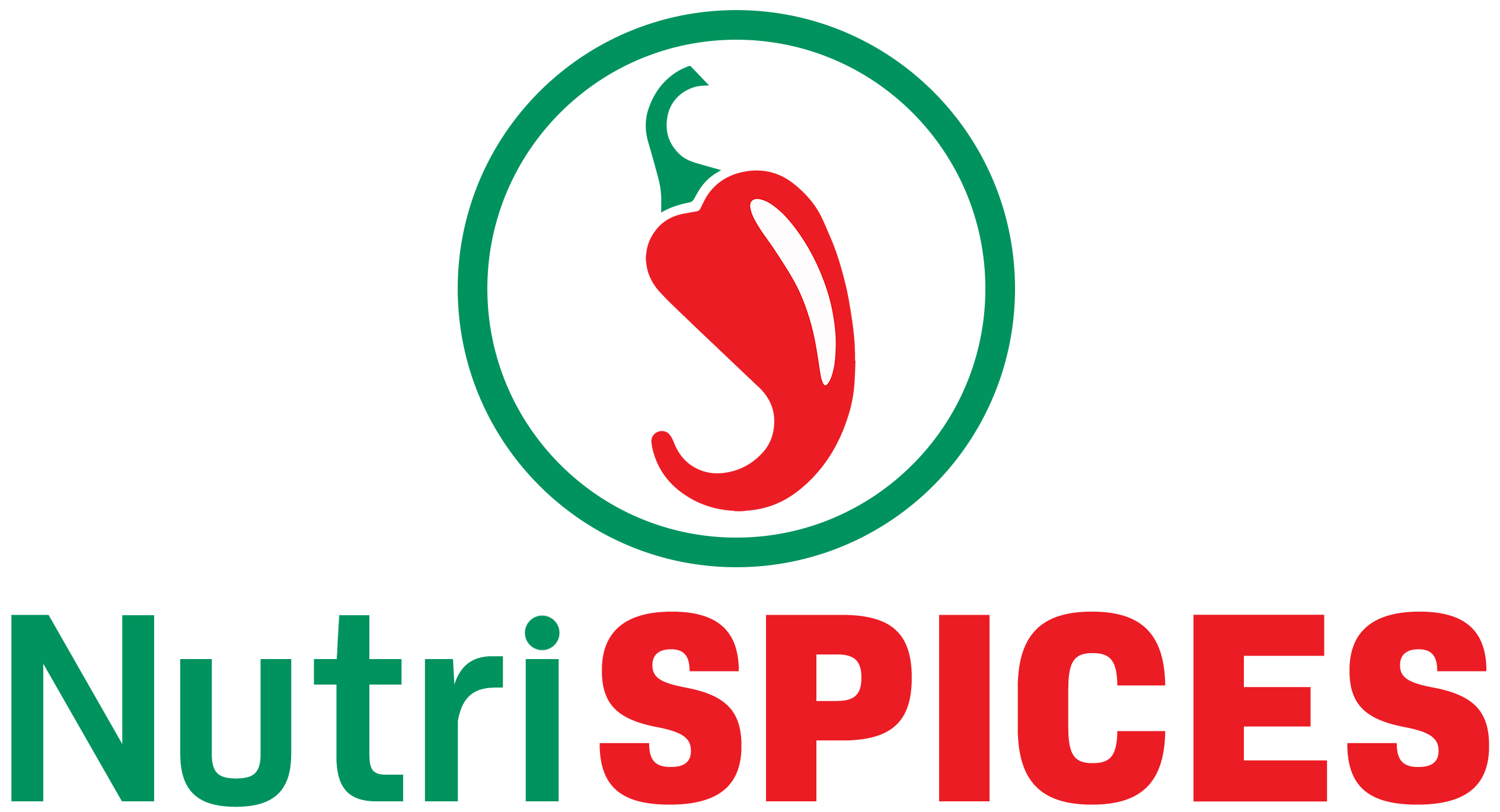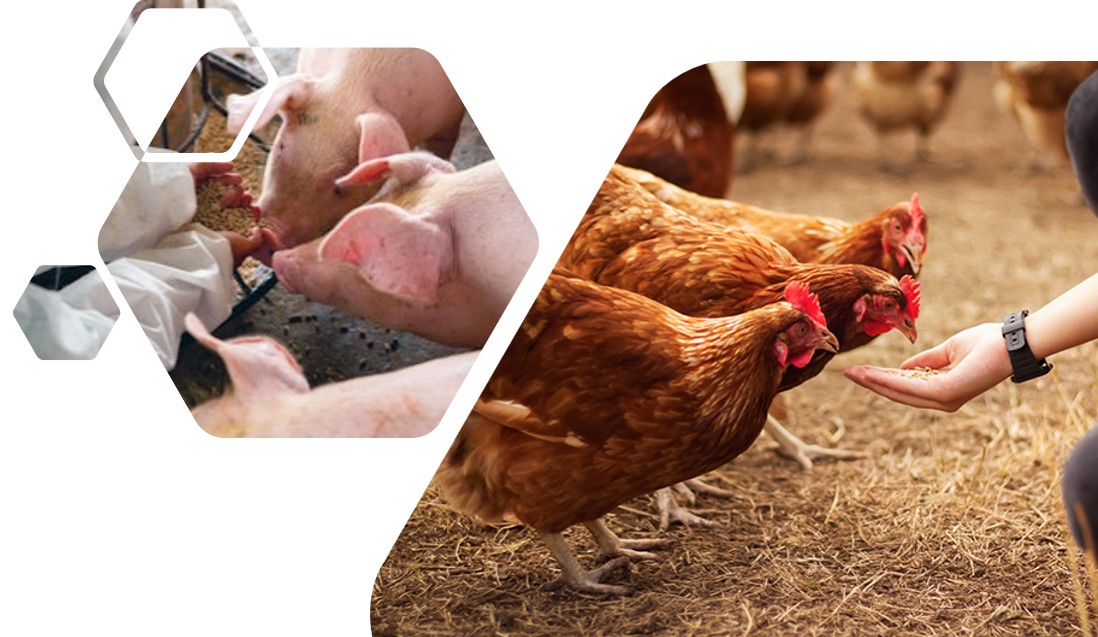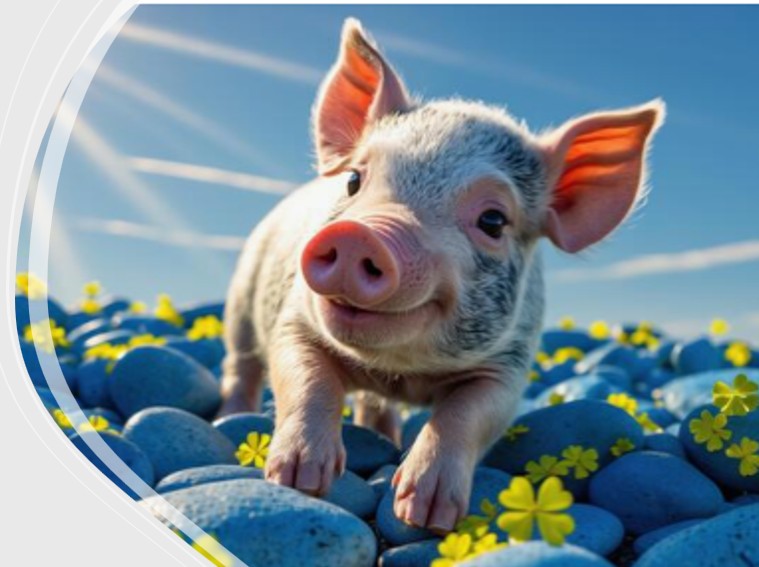
When we talk about sustainability, meat production is often accused of being inefficient or resource intensive. Yet, recent work from Professor Paul Moughan at the Riddet Institute shows a different story. When we evaluate pork and poultry production through modern nutritional and environmental metrics, these species appear as some of the most effective protein converters in agriculture
Efficient Protein Conversion
The core of the argument is nutritional efficiency. Traditional systems such as PDCAAS (Protein Digestibility Corrected Amino Acid Score) have long underestimated the value of animal proteins. The more recent FAO endorsed DIAAS (Digestible Indispensable Amino Acid Score) method gives a clearer view by measuring the digestibility of each amino acid at the end of the small intestine. Using the pig as a model, DIAAS shows that pork, chicken, and eggs provide amino acids with a bioavailability much closer to human needs than cereals or legumes.

In simple terms, pork and poultry transform feed into high quality amino acids with very little loss. Each kilogram of protein from these meats contributes more usable amino acids for human nutrition than plant protein. That efficiency becomes even more evident when we realize that most of the feed they consume, such as bran, brewers grains, meat meal, dried blood, or rice byproducts, are ingredients not used in human food.

If we remove these noncompeting raw materials from the equation, the efficiency of swine and poultry production improves dramatically. These animals convert what humans cannot eat into highly digestible essential amino acids. The sector is also moving fast toward ingredients such as synthetic amino acids, microbial protein, or insect meal, further reducing the competition with human food chains.
Environmental Footprint
Animal production is often judged by land use or carbon emissions per kilogram of meat, but that approach misses the key point: not all proteins are equal in nutritional value. When the footprint is expressed per kilogram of digestible lysine, the main limiting amino acid in many diets, pork and poultry perform extremely well.
According to Moughan’s data, pork and eggs require similar or even less freshwater than wheat or rice to produce one kilogram of digestible lysine. The same trend applies to greenhouse gas emissions, where pork shows a lower carbon cost per unit of digestible amino acid compared with plant protein sources of similar quality.
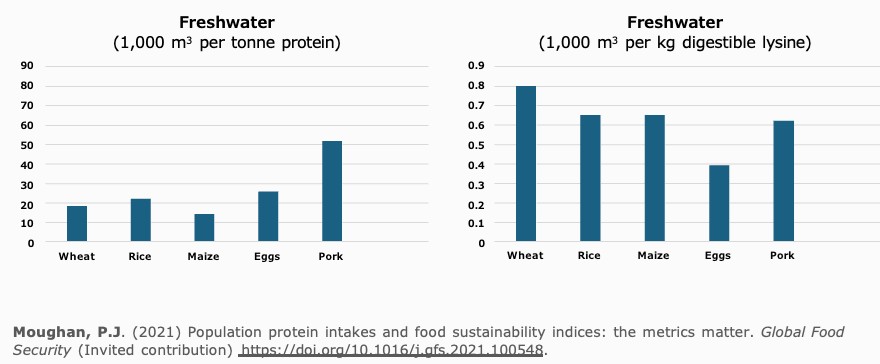
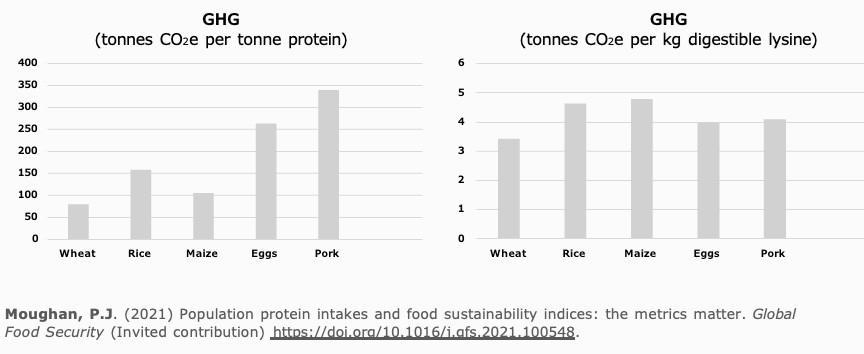
This means that pigs and chickens are not the environmental burden they are often portrayed to be. They grow fast, have short production cycles, and use less land per ton of edible protein. As nutritionists continue to include alternative protein sources such as algae, fermentation proteins, or insect meal, the environmental profile of these species will only get better.
Sustainability is not about choosing between plants or animals. It is about producing the right nutrients in the most efficient way. Pork and poultry provide highly digestible amino acids, vitamins, and functional peptides at a competitive cost and with a controlled footprint.
Linear programming studies from Moughan’s team in several countries confirmed that removing animal source foods from diets makes it much harder and more expensive to meet basic nutritional requirements. Plant only diets nearly double the cost of nutrient adequacy.
When we consider nutrition, environment, and economics together, pork and poultry clearly stand as pillars of sustainable protein supply. They offer the best compromise between resource use, nutrient density, and affordability.
For countries like Vietnam and Thailand, where feed efficiency and sustainability are becoming central to production strategies, the message is clear: swine and poultry are not part of the problem, they are part of the solution.
David Serene
Nutrispices Director
